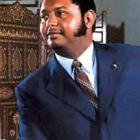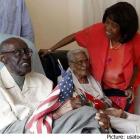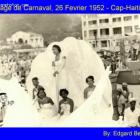ADVERTISEMENT
History
Colonel Henri Nanphy among other FADH Officers
Here is a picture of Colonel Henri Nanphy of the FADH Officers
On Feb. 7, 1986, when the Haitian dictator Baby Doc after the 30 years of own family dictatorship fled the country with his family into an exile, within a few hours of his departure, a five-member civilian-military council led by Lieutenant General Henri Namphy took the charge of the country. Henri quickly established himself on the council as the "first among equals" and served as the Interim President of the Haitian Ruling Body or National Council of Government between February 7, 1986 to February 7, 1988. His government promised free elections and democratic reforms. The first attempt of the election on November 1987, ended with the death of some three dozen voters who were killed in clashes as there was no security forces at the voting places, and instead some soldiers joined civilian thugs in the killing of at least 34 voters. In January 1988, Leslie Manigat won elections, but that was widely considered as fraudulent, and Namphy by overthrowing the civilian President, seized power in June 1988.
Prince Jacques-Victor, Son of Henri Christophe
Here is a picture of Prince Jacques-Victor who is the Son of Emperor Henri Christophe.
His parents were slaves who were brought with thousands of other West Africans to work in the sugar industry in Grenada, run by the fierce and gritty English. His determined revolutionary nature had deep roots in his African ancestry. In any event, he reached Haiti sometime in his teens and started his career as an assistant cook in a hotel in the neighborhood of Petite Anse. During his life he has worked as a mason, billiard-marker, waiter, sailor and stable-hand. In 1779, he enlisted himself in the French force to participate in the War of American Independence and served as a drummer boy with a regiment described as gens de couleur. He was married to Marie-Louise Coidavid and had four children, of whom, his son Franz Ferdinand later died of hunger in the House of Orphans in Paris.
Henry Christophe was a leader in the war of Haitian independence (1791-1804) and later the president (1807-11) and self-proclaimed King Henry I (1811-20) of northern Haiti. He took his responsibility seriously and declared Catholicism as the official religion, although other beliefs would be tolerated. He was determined to improve all aspects of life in the northern province. Some of his major concerns were the defense of his country from internal and external aggression, education, creation of a first black kingdom in the western hemisphere. On March 28, 1811, he declared Haiti a kingdom, and proclaimed himself as "King Henri I". He offered Alexandre Petion, the ruler of the south, to absorb into his kingdom, but Petion never accepted till his death in 1818. He built a huge fortress "la Ferriere," (the blacksmith's pouch), on a mountain peak overlooking the Le Cap harbor. During his reign, Christophe introduced a monetary system based on gourds (predecessor to the current money). In 1820, when he was paralyzed by a stroke, could not face a revolt that spread with the news of his infirmities. He committed suicide on October 6, 1820.
Letter from Henri Christophe to Governor Toussaint Louverture, 1802
Here is a letter written by Henri Christophe as Generale De Brigade of North of the country to Toussaint Louverture who was the Governor of Saint-Domingue(Haiti) in 1802
Henry Christophe was a self educated person who learned everything from own experience. He was born in a slave family in 1767, never went to school. Christophe had always maintained a mission to eradicate slavery and build Haiti into a strong country. He was born in a time when the French, Spanish and English all had an interest in the island and the tormented slaves were desperately rebelling for their freedom. The facts of his early life are debatable to the historians who believe that they were issued and publicized on his own order with convenient citation of birthplace (Grenada, a British colonial acquisition in the Lesser Antilles) and date. Some of them believe that he was born free, but became enslaved as a youth.
Burial place of King Henri Christophe
This is a possible place where King Henri Christophe was buried
Who is Henri Christophe
Henri Christophe (born October 6, 1767, died October 8, 1820), a freed black slave, was one of the great Haitian revolutionary leaders, an aid of Toussaint L'Ouverture and was the army chief of Dessalines (1805) in the capturing of Santo Domingo. He is also remembered as the most famous monarch that Haiti ever had. He was only 21 years old when he became the lieutenant of Toussaint, and fought the army of Napoleon during the War of Independence. Henri waged a savage and inconclusive struggle with Alexandre Pétion, the mulatto supreme who retained control of southern Haiti. He was one among the key players in the 1791 slave uprising in Haiti, including the decisive battle at Vertières in November of 1803 that drove away the French out of Haiti. After the death of Emperor Jean-Jacques Dessalines in 1806, Alexandre Sabès Pétion became the president of Southern Haiti and Henry was the ruler of the north part of Haiti.
Môle St. Nicholas as potential US naval base for Canal of Panama
Here is a picture of Môle St. Nicholas in Haiti as a strategic location as potential US naval base to protect Canal of Panama.
Ex-President Florvil Hyppolite, eager to have the might of the United States behind him during a trying period, began to have negotiations with Admiral Bancroft Gherardi, a negotiator appointed to represent US President, Benjamin Harrison, to talk about the US's acquisition of Môle St. Nicholas as a US naval base for the Panama Canal. At that period, the elevated limestone peninsula was thought to be impregnable, and the US, seeking a Caribbean site for their base, was eager to acquire the 5.5km piece of land. The deal fell through, however, as the sale would have been against the Haitian Constitution.
Florvil Hyppolite, his extra marital affair with Victoire Jean-Baptiste
The story of President Florvil Hyppolite and his extra marital affair with Victoire Jean-Baptiste, better known by the nickname "La Belle Victory"
Haitian President during the late 1880's and the early 1890's Florvil Hyppolite had a long-standing, very public affair outside of his marriage with Victoire Jean-Baptiste. Long before Bill and Monica, the relationship between the President and the beautiful peasant woman, who worked for First Lady Gelyne Hyppolite, sensationalized the nation, not only for the aforementioned facts, but also because Jean-Baptiste became more prominent in her role as faux-first-lady upon the death of Hyppolite's wife, and because of her supposed affairs with his Minister of War and even his son.
Franck Sylvain served as president of Haiti for only 56 days
Here is a picture of Haitian President Franck Sylvain with his wife. He holds the record for serving the shortest period of time, serving as president of Haiti for only 56 days
The career of any Haitian political official is subject to the whim of the people, but one former president is holder of one of the shortest tenures in the history of the race, and this was due to might of the army. Haiti's 37th leader, President Franck Sylvain, was a judge when he rose in the esteem of the community, becoming president on February 7, 1957. His term was cut at 56 days, following his deposition by General Leon Cantave.
The 14-year-old drummer boy, Henri Christophe in Savannah battle
Here is a picture of the Statute to Honor Haitian Soldiers in the battle of Savanah, Georgia. The statute includes the 14-year-old drummer boy, Henri Christophe.
Even before his days of fame began in the Haitian Revolution, Haiti's one-time king, Henri Christophe, was featured in another battle, this time at the age of only 14, the Savannah battle. Part of the American Revolution, the battle was fought by American soldiers along with some 750 free Haitian men whose contribution had been ignored for a long time after. In 2002, officials in North Miami took steps to commemorate the Haitian soldiers with a monument of the former Haitian king. Behind him were placed figures of the other soldiers present in the battle.
Henri Christophe as Henri I, King of Haiti
On 26 March 1811, Henri Christophe became King of Haiti by creating a kingdom in the North and had himself proclaimed Henry I, King of Haïti.
While it is only speculated, the idea that Haiti's King Henri I, Henri Christophe, was not even from the country (scholars think he was from Grenada), has long prevailed. Whatever his origins, he would become ruler of Haiti after working as a sailor, a waiter, a mason, and in other, various fields of manual labor. It was during the Haitian Revolution that he rose like the proverbial cream, when he became the brigadier general for the revolution's hero, Toussaint L'Ouverture, in 1802.
Sans-Souci Palace of King Henri Christophe
Here is a picture of the majestic Sans-Souci Palace of King Henri Christophe in Milot.
One of Haiti's most fascinating ruins is the home of King Henri Christophe called Sans-Souci Palace. Iit took its name from one of Haiti's leaders of the revolution, Colonel Jean-Baptiste Sans Souci. Accessed by way of Cap-Haitien, the palace is off the beaten path most traveled by many tourists. Because of this almost-remoteness, it has remained a well-preserved relic of days gone by. It is believed that its beautiful architecture was inspired by the great palace in Potsdam of the Prussian emperor Frederick the Great.

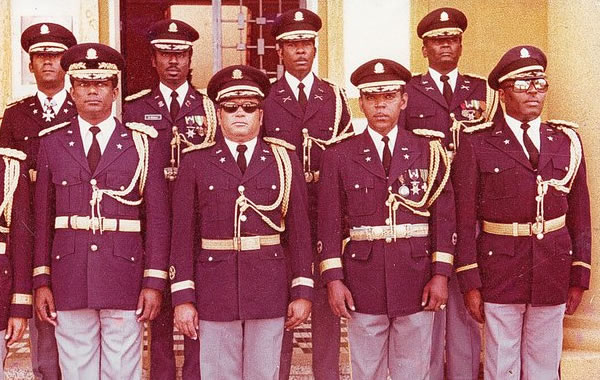
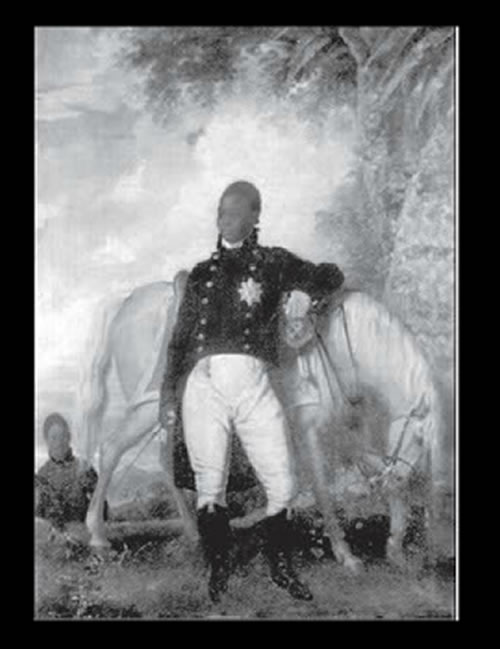
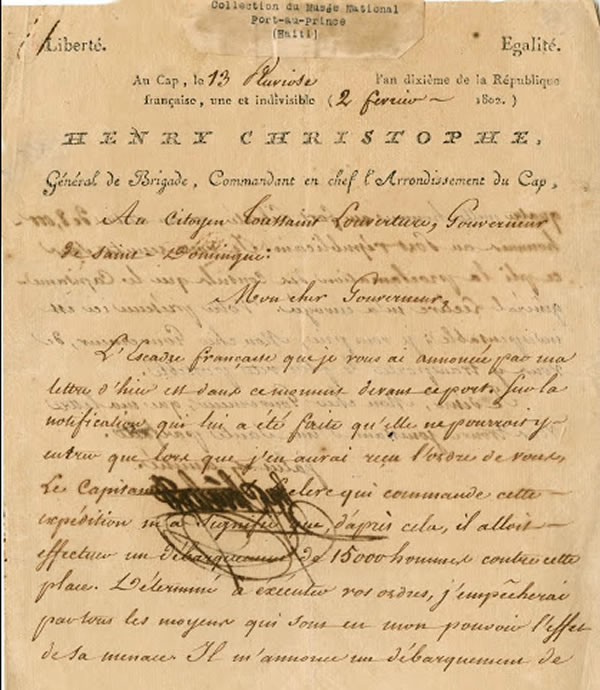
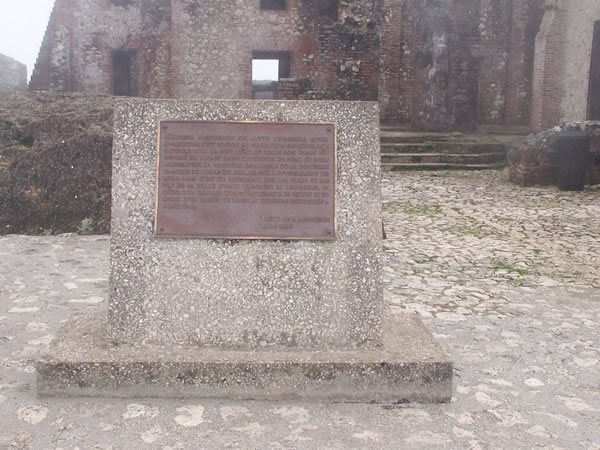
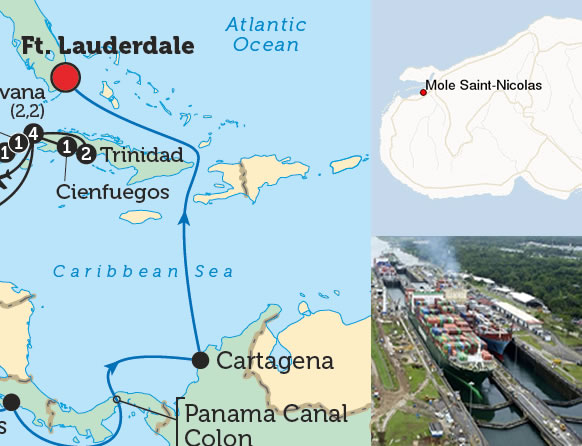
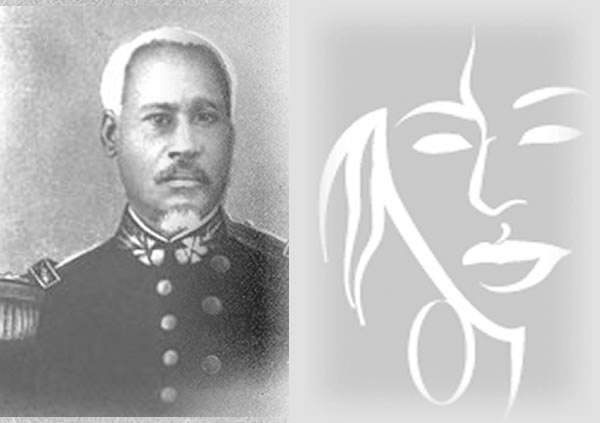
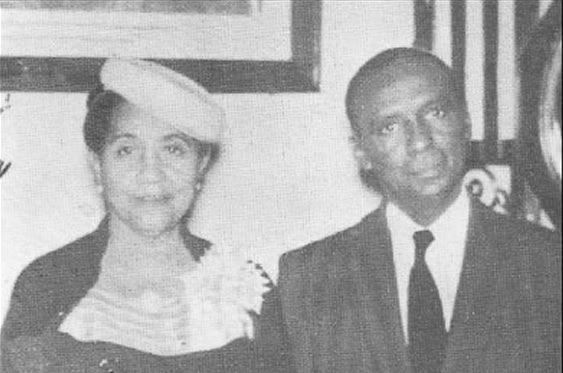
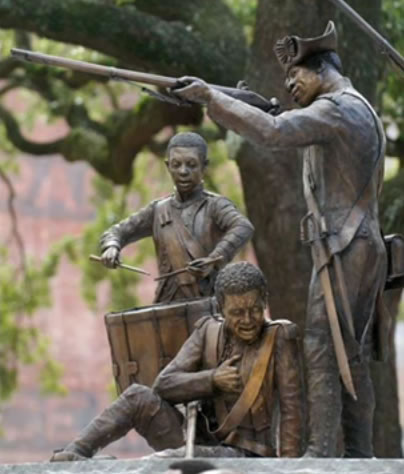

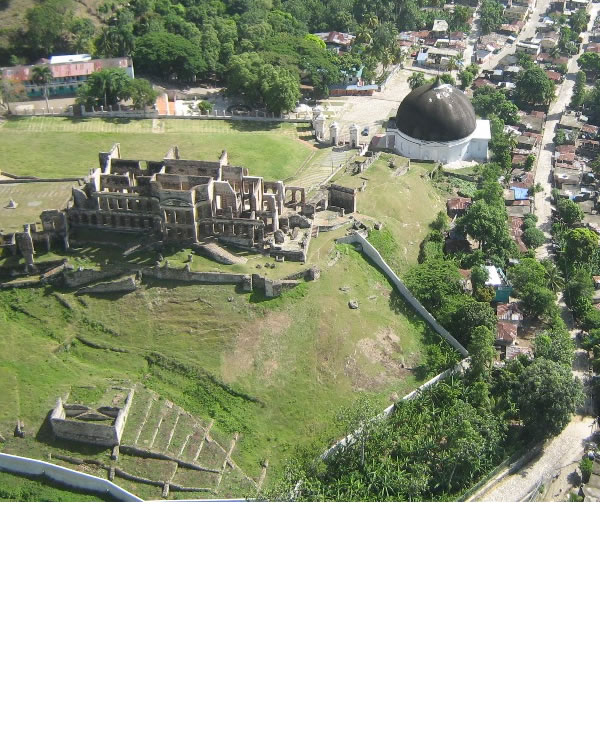
 François Nicolas Duvalier Potential Candidate for President of...
François Nicolas Duvalier Potential Candidate for President of...  Texaco Gas Station In Haiti
Texaco Gas Station In Haiti  Who will be the next president of Haiti?
Who will be the next president of Haiti?  Haiti Street Food, manje kwit or Chin Janbe, for $1 or less
Haiti Street Food, manje kwit or Chin Janbe, for $1 or less  Dr. Michaëlle Amédée Gédéon is dead
Dr. Michaëlle Amédée Gédéon is dead  Delimart Plaza, Delmas 32, Port-au-Prince, Haiti being looted
Delimart Plaza, Delmas 32, Port-au-Prince, Haiti being looted 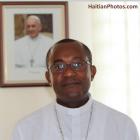 Pope Francis appointed Mgr. Launay Saturne Archbishop of...
Pope Francis appointed Mgr. Launay Saturne Archbishop of... 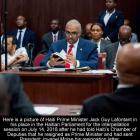 Jack Guy Lafontant resigns as Haiti Prime Minister
Jack Guy Lafontant resigns as Haiti Prime Minister 